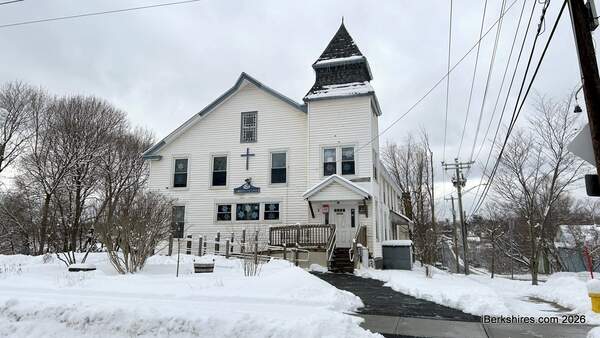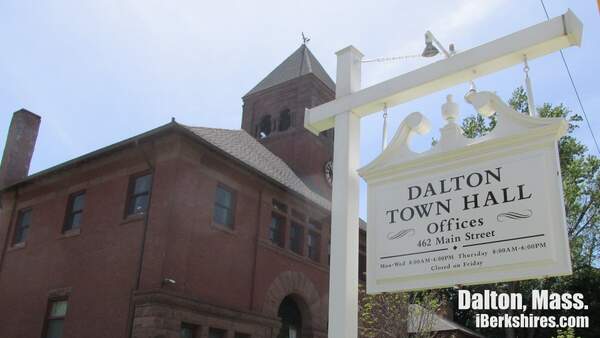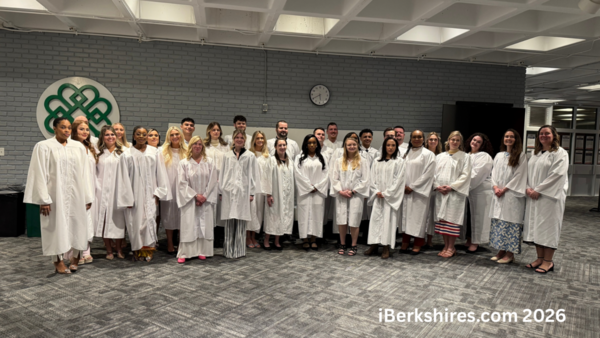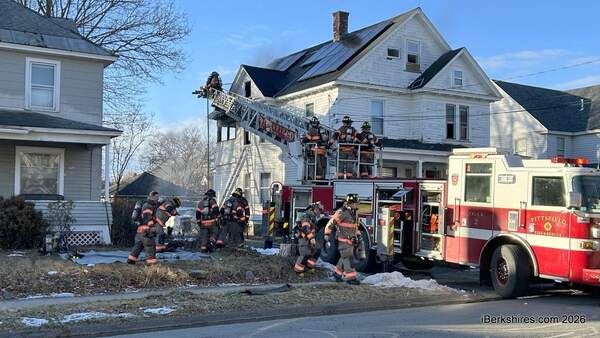Pittsfield Council OKs Springside House Funding
PITTSFIELD, Mass. — With $1 million in funding secured, the second phase of Springside House renovations is a go.
The City Council on Tuesday accepted a $500,000 federal Save America's Treasures grant with a free cash match of $500,000 for interior renovations to the 160-year-old home.
An equal contribution from the city is a requirement of the award. Free cash was proposed for the allotment, as Pittsfield ended 2022 with a balance of around $17 million.
"When we have these historic properties, we need to make sure we're good stewards of them," Councilor at Large Peter White said.
He pointed out that construction costs are not lessening and identified this as a wise move to save taxpayers money down the road and give life back to the house that was once a hub of activity for the parks and more. ?
"This needs to be a priority," White urged. "We have the money we can use in free cash and by not prolonging the construction, we can save money and get this back into use."
Mayor Linda Tyer announced that the grant was received in December and earlier this month, two councilors' opposition resulted in a negative recommendation for the free cash ask from the finance subcommittee.
This is the second time the city's received funding through the Save America's Treasures program. It was started by then-first lady Hillary Rodham Clinton, who traveled to Pittsfield in 1998 to bring $400,000 for the Colonial Theatre.
"It's a very prestigious award," Director of Community Development Justine Dodds said. "And it is uncommon, I think, for a community like Pittsfield to receive those grants."
The Italianate mansion formerly known as Elmhurst has sat vacant over the last 15 years after headquartering the city's Parks and Recreation Department since the 1950s. It also housed various community groups such as the winter carnival planners and the speed skating league.
The estimate for full interior renovations totals $3.5 million and the plans were submitted to U.S. Sens. Elizabeth Warren and Edward Markey.
Councilor at Large Karen Kalinowksy and Ward 2 Councilor Charles Kronick voted in opposition because they want to see Community Preservation Act funds used for the endeavor. Kronick unsuccessfully motioned to table the request over concerns with the funding's terms.
Kalinowksy said she was worried about a portion of the council chamber's ceiling falling on her head.
"A lot of our buildings, our streets, our sidewalks, are falling apart," she said. "And I know everybody's saying, 'Oh it's only $500,000.' It's $500,000. It's a lot."
As the president of the Pittsfield girls' softball league, Ward 3 Councilor Kevin Sherman has gone through the CPA process for projects and emphasized that the funds are for organizations that don't have alternative sources.
"A lot of the organizations that put the requests in otherwise don't have money to get things done and that's what that fund was for," he said. "We have the money to match right now and tell the federal government 'Thank you for the $500,000, here's our share.'"
Sherman agreed that there is a ton of infrastructure work in the city and would sign off on the use of free cash for those projects as well.
"We're asking our organizations to fundraise all of the time and CPA is part of that for the organizations that have no other options," he said. "We have no other option here and I suggest we take it. It's the cleanest option."
Ward 1 Councilor Kenneth Warren said there is not a single person in Pittsfield who has not heard qualms about the loss of Pittsfield's Union Station, an elaborate building that once stood on West Street.
Councilor at Large Earl Persip III reminded his colleagues that this is a city-owned building they are putting money back into.
"They're not making any new historic buildings. They don't build buildings like this anymore. It's a special place," he said.
"I don't know if skipping out on this free money is a good idea for us. I think it's important that we do what we can to bring the Springside House back to its glory."
Tags: springside house,
















